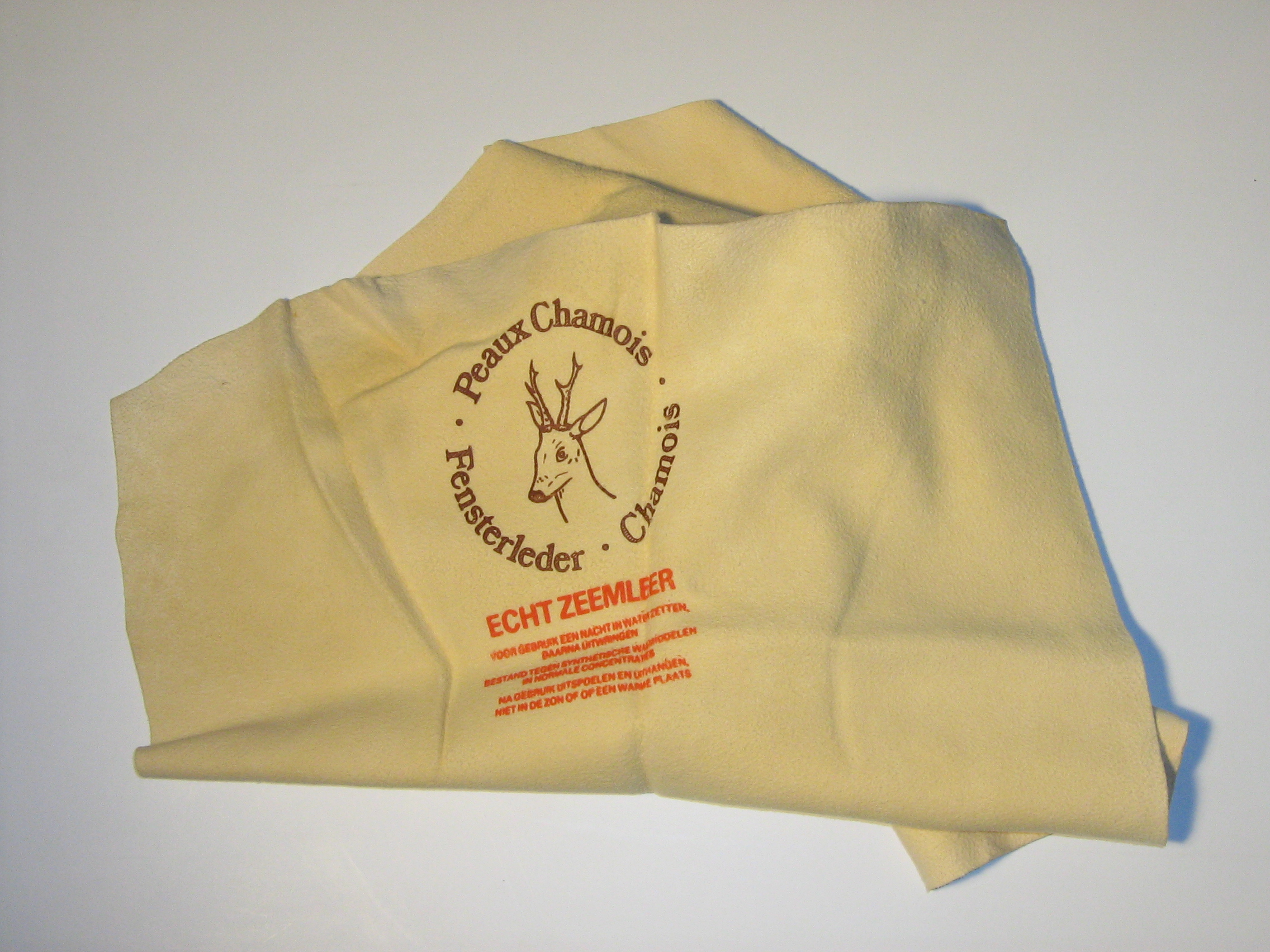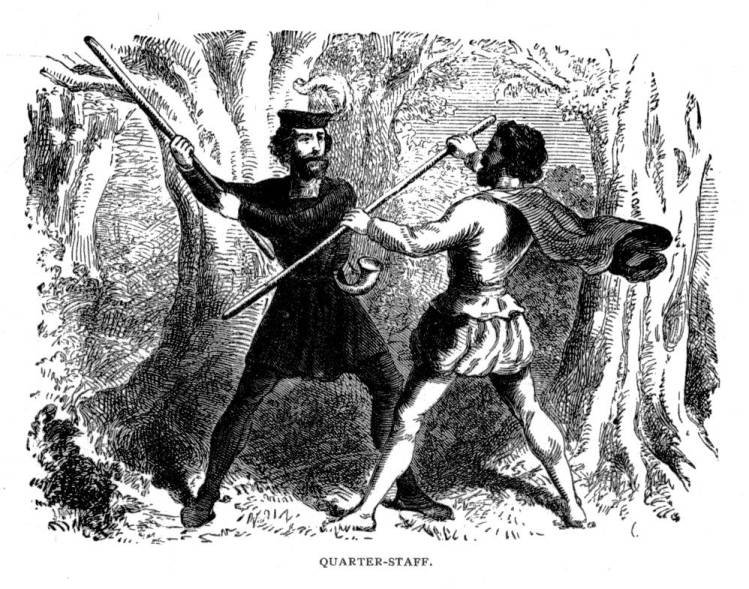|
Shillelagh
A shillelagh ( ; or , "thonged willow") is a wooden walking stick and club or cudgel, typically made from a stout knotty blackthorn stick with a large knob at the top. It is associated with Ireland and Irish folklore. Other spelling variants include shillelah, shillalah, and shillaly. Etymology The name shillelagh is the Hiberno-English corruption of the Irish (Gaelic) form , where means "willow" or "cudgel" and is genitive for meaning "thong", "strap", "leash", and "string", among others. As an alternate etymology, Anna Maria Hall and Patrick Weston Joyce have written that the name may have been derived from the wood being sourced from forest land in the village or barony of Shillelagh, County Wicklow. The geographic name Shillelagh derives from , or "Descendants of Éalach" in English. Construction Shillelaghs are traditionally made from blackthorn (sloe) wood (''Prunus spinosa'') or oak. With the scarcity of oak in Ireland the term came increasingly to denote a ... [...More Info...] [...Related Items...] OR: [Wikipedia] [Google] [Baidu] |
Club (weapon)
A club (also known as a cudgel, baton, bludgeon, truncheon, cosh, nightstick, or impact weapon) is a short staff or stick, usually made of wood, wielded as a weapon or tool since prehistory. There are several examples of blunt trauma, blunt-force trauma caused by clubs in the past, including at the site of Nataruk in Turkana County, Turkana, Kenya, described as the scene of a prehistoric conflict between bands of hunter-gatherers 10,000 years ago. Most clubs are small enough to be swung with one hand, although larger clubs may require the use of two to be effective. Various specialized clubs are used in martial arts and other fields, including the Baton (law enforcement), law-enforcement baton. The military Mace (bludgeon), mace is a more sophisticated descendant of the club, typically made of metal and featuring a spiked, knobbed, or flanged head attached to a shaft. Examples of cultural depictions of clubs may be found in mythology, where they are associated with strong figure ... [...More Info...] [...Related Items...] OR: [Wikipedia] [Google] [Baidu] |
Prunus Spinosa
''Prunus spinosa'', called blackthorn or sloe, is an Old World species of flowering plant in the rose family, Rosaceae. It is locally naturalized in parts of the New World. The fruits are used to make sloe gin in Britain and patxaran in Basque Country. The wood is used to make walking sticks, including the Irish shillelagh. Description ''Prunus spinosa'' is a large deciduous shrub or small tree growing to tall, with blackish bark and dense, stiff, spiny branches. The leaves are oval, long and broad, with a serrated margin. The flowers are about in diameter, with five creamy-white petals; they are produced shortly before the leaves in early spring, and are hermaphroditic, and insect-pollinated. The fruit, called a "sloe", is a drupe in diameter, black with a purple-blue waxy bloom, ripening in autumn and traditionally harvested – at least in the UK – in October or November, after the first frosts. Sloes are thin-fleshed, with a very strongly astringent flavour ... [...More Info...] [...Related Items...] OR: [Wikipedia] [Google] [Baidu] |
Blackthorn
''Prunus spinosa'', called blackthorn or sloe, is an Old World species of flowering plant in the rose family, Rosaceae. It is locally naturalized in parts of the New World. The fruits are used to make sloe gin in Britain and patxaran in Basque Country. The wood is used to make walking sticks, including the Irish shillelagh. Description ''Prunus spinosa'' is a large deciduous shrub or small tree growing to tall, with blackish bark and dense, stiff, spiny branches. The leaves are oval, long and broad, with a serrated margin. The flowers are about in diameter, with five creamy-white petals; they are produced shortly before the leaves in early spring, and are hermaphroditic, and insect-pollinated. The fruit, called a "sloe", is a drupe in diameter, black with a purple-blue waxy bloom, ripening in autumn and traditionally harvested – at least in the UK – in October or November, after the first frosts. Sloes are thin-fleshed, with a very strongly astringent flavour when ... [...More Info...] [...Related Items...] OR: [Wikipedia] [Google] [Baidu] |
Walking Stick
A walking stick (also known as a walking cane, cane, walking staff, or staff) is a device used primarily to aid walking, provide postural stability or support, or assist in maintaining a good posture. Some designs also serve as a fashion accessory, or are used for self-defense. Walking sticks come in many shapes and sizes and some have become collector's items. People with disabilities may use some kinds of walking sticks as a crutch, but a walking cane is not designed for full weight support but used to help with balance. The walking stick has also historically been known to be used as a self-defense weapon, and may conceal a sword or knife. Hikers use walking sticks, also known as trekking poles, pilgrim's staffs, hiking poles, or hiking sticks, for a wide variety of purposes: as a support when going uphill or as a brake when going downhill; as a balance point when crossing streams, swamps, or other rough terrain; to feel for obstacles in the path; to test mud and wate ... [...More Info...] [...Related Items...] OR: [Wikipedia] [Google] [Baidu] |
Duel
A duel is an arranged engagement in combat between two people with matched weapons. During the 17th and 18th centuries (and earlier), duels were mostly single combats fought with swords (the rapier and later the small sword), but beginning in the late 18th century in England, duels were more commonly fought using pistols. Fencing and shooting continued to coexist throughout the 19th century. The duel was based on a code of honor. Duels were fought not to kill the opponent but to gain "satisfaction", that is, to restore one's honor by demonstrating a willingness to risk one's life for it. As such, the tradition of dueling was reserved for the male members of nobility; however, in the modern era, it extended to those of the upper classes. On occasion, duels with swords or pistols were fought between women. Legislation against dueling dates back to the medieval period. The Fourth Council of the Lateran (1215) outlawed duels and civil legislation in the Holy Roman Empire agains ... [...More Info...] [...Related Items...] OR: [Wikipedia] [Google] [Baidu] |
Chamois Leather
Chamois leather () is a type of porous leather, traditionally the skin of the chamois (''Rupicapra rupicapra''), a type of European mountain goat, but today made almost exclusively from the flesh split of a sheepskin. United Kingdom The British Standard BS 6715: 1991 defines chamois leather as: United States In the United States, the term ''chamois'' without any qualification is restricted to the flesh split of the sheep or lambskin tanned solely with oils (US Federal Standard CS99-1970). Chamois leather is often counterfeited with goat or pig skin, the practice of which is a particular profession called by the French ''chamoiser''. History The term ''chamois'' as used to refer to specially-prepared leather originated sometime before 1709, referring to the prepared skin of any goat-like animal, specifically the chamois, European antelope—commonly called the "chamois"—and exclusively used by the glovemaking industry of southwest France. It was discovered that when tann ... [...More Info...] [...Related Items...] OR: [Wikipedia] [Google] [Baidu] |
Magpie
Magpies are birds of various species of the family Corvidae. Like other members of their family, they are widely considered to be intelligent creatures. The Eurasian magpie, for instance, is thought to rank among the world's most intelligent creatures, and is one of the few nonmammalian species able to recognize itself in a mirror test. Magpies have shown the ability to make and use tools, imitate human speech, grieve, play games, and work in teams. They are particularly well known for their songs and were once popular as cagebirds. In addition to other members of the genus '' Pica'', corvids considered magpies are in the genera '' Cissa'', '' Urocissa'', and '' Cyanopica''. Magpies of the genus ''Pica'' are generally found in temperate regions of Europe, Asia, and western North America, with populations also present in Tibet and high-elevation areas of Kashmir. Magpies of the genus ''Cyanopica'' are found in East Asia and the Iberian Peninsula. The birds called magpies in Au ... [...More Info...] [...Related Items...] OR: [Wikipedia] [Google] [Baidu] |
Ferrule
A ferrule (a corruption of Latin ' "small bracelet", under the influence of ' "iron") is any of a number of types of objects, generally used for fastening, joining, sealing, or reinforcement. They are often narrow circular rings made from metal, or less commonly, plastic. Ferrules are also often referred to as eyelets or grommets within the manufacturing industry. Most ferrules consist of a circular clamp used to hold together and attach fibers, wires, or posts, generally by crimping, swaging, or otherwise deforming the ferrule to permanently tighten it onto the parts that it holds. Examples *The sleeve, usually plastic or metal, on the end of a shoelace, preventing it from unraveling (called the aglet) *The metal sleeve which is crimped to hold the eraser in place on a pencil *The metal band that binds the bristles or hair of a brush to its handle *The metal ring which holds a chisel blade's tang to its handle *In fiber optic terminations, glass or plastic fi ... [...More Info...] [...Related Items...] OR: [Wikipedia] [Google] [Baidu] |
Stick-fighting
Stick-fighting, stickfighting, or stick fighting, is a variety of martial arts which use blunt, hand-held "sticks" for fighting, most typically a simple, non-lethal, wooden staff or baton. Schools of stick-fighting exist for a variety of weapons, including gun staffs, bō, jō, bastons, and arnis sticks, among others. Cane-fighting is the use of walking sticks as improvised weapons. Some techniques can also be used with a sturdy umbrella or even with a sword or dagger still in its scabbard. Thicker and/or heavier blunt weapons such as clubs or the mace are outside the scope of stick-fighting (since they cannot be wielded with the necessary precision, relying on the sheer force of impact for stopping power instead), as are more distinctly-shaped weapons such as the '' taiaha'' used by the Māori people of New Zealand, and the '' macuahuitl'' used by the Aztec people of Mesoamerica in warfare. Although many systems are defensive combat techniques intended for use if atta ... [...More Info...] [...Related Items...] OR: [Wikipedia] [Google] [Baidu] |
Whale Oil
Whale oil is oil obtained from the blubber of whales. Oil from the bowhead whale was sometimes known as train-oil, which comes from the Dutch word ''traan'' ("tear drop"). Sperm oil, a special kind of oil used in the cavities of sperm whales, differs chemically from ordinary whale oil: it is composed mostly of liquid wax. Its properties and applications differ from those of detergentized whale oil, and it was sold for a higher price. Source and use Emerging industrial societies used whale oil in oil lamps and to Soap#History, make soap. In the 20th century it was made into margarine. There is a misconception that commercial development of the petroleum industry and vegetable oils saved whales from extinction. In fact, the development of petroleum accelerated the whaling industry, which peaked in the 1960s. In the 21st century, with most countries having banned whaling, the sale and use of whale oil has practically ceased. Whale oil was obtained by boiling strips of blubber ha ... [...More Info...] [...Related Items...] OR: [Wikipedia] [Google] [Baidu] |




